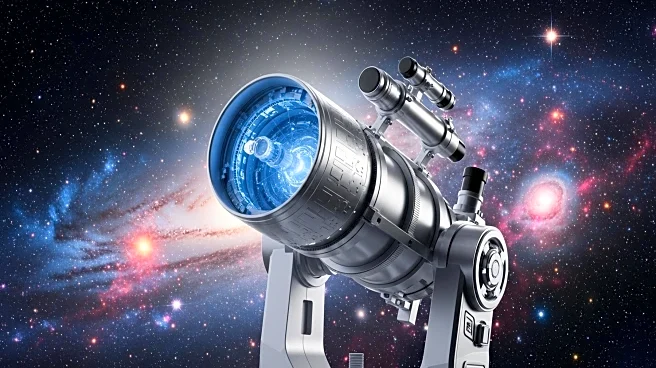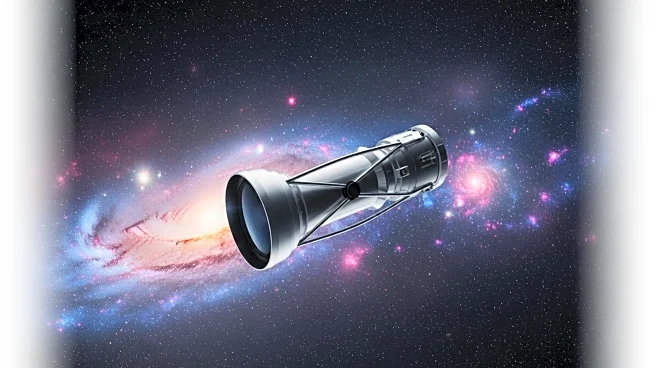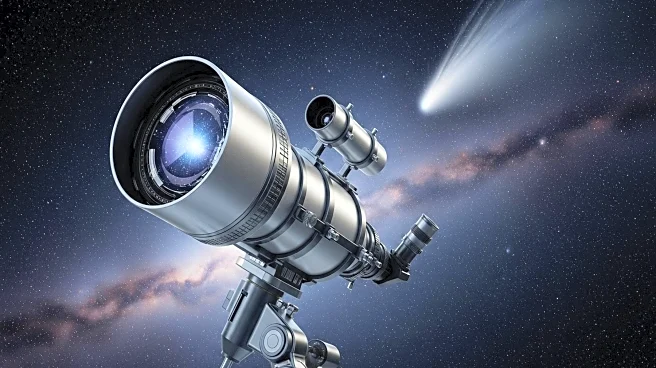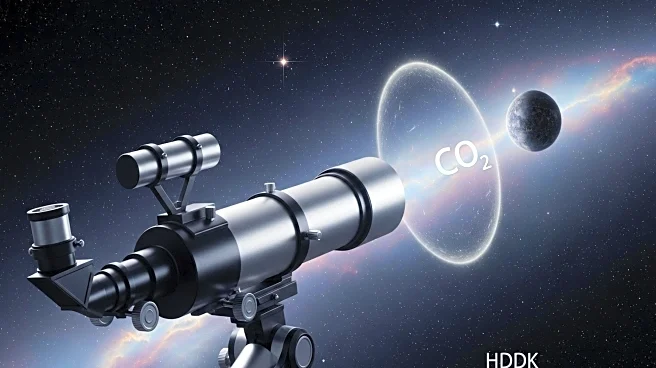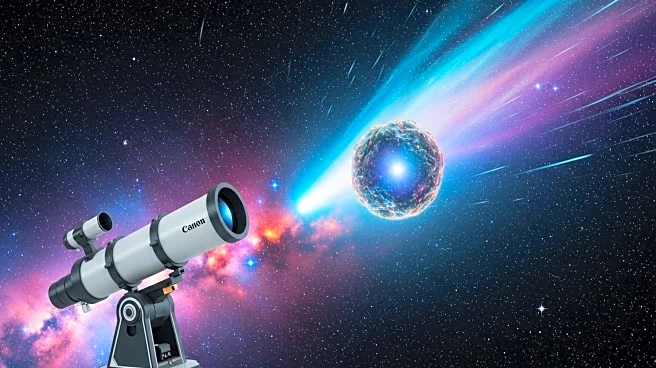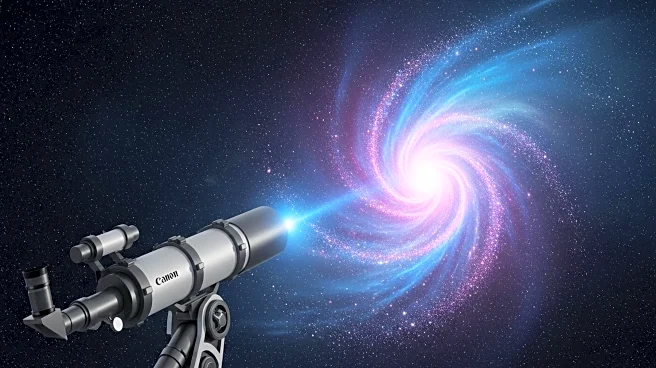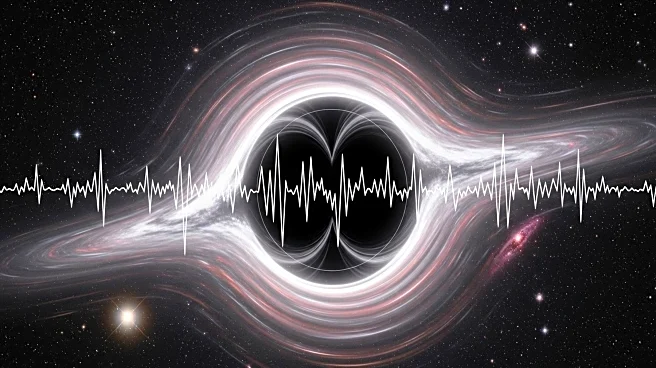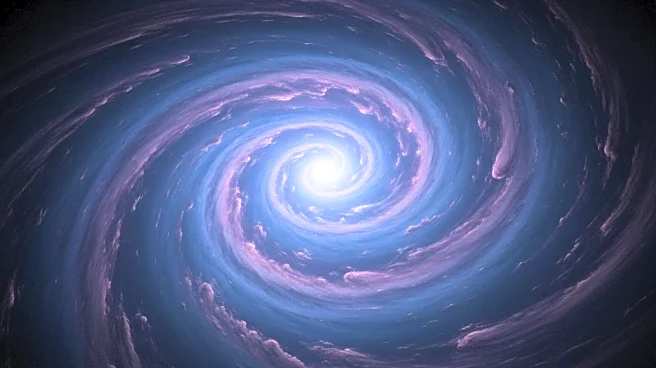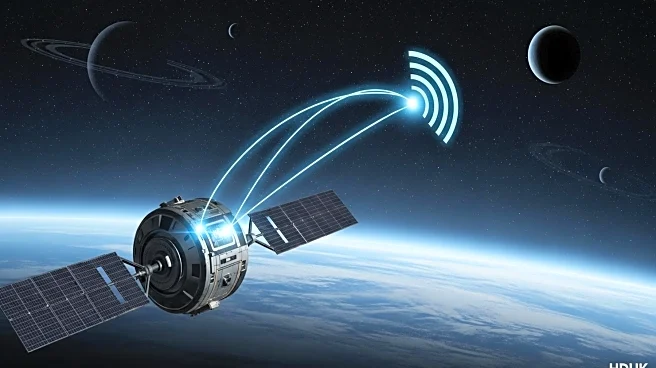What's Happening?
NASA has released the first full-color images and spectroscopic data from the James Webb Space Telescope, marking a significant milestone in infrared astronomy. The images, unveiled by President Joe Biden, include a near-infrared view of galaxy cluster SMACS 0723, which is the deepest and sharpest image of the distant universe to date. The telescope, a collaborative effort between NASA, the European Space Agency, and the Canadian Space Agency, aims to study the light from the first galaxies, observe exoplanets, and explore our solar system. The release of these images initiates Webb's science operations, allowing astronomers worldwide to study various cosmic phenomena.
Why It's Important?
The James Webb Space Telescope represents a major leap forward in space exploration and infrared astronomy. Its ability to capture detailed images of the universe's earliest galaxies and distant cosmic features provides scientists with unprecedented insights into the formation and evolution of celestial bodies. This advancement is crucial for understanding the universe's history and the potential for life on other planets. The telescope's capabilities will enhance research in astrophysics, potentially leading to new discoveries about the universe's origins and the nature of exoplanets, impacting scientific knowledge and technological innovation.
What's Next?
Following the release of its first images, the James Webb Space Telescope will continue its science operations, focusing on a wide range of astronomical studies. Researchers will utilize its advanced instruments to explore nearby planets, distant galaxies, and other cosmic phenomena. The telescope's findings are expected to contribute significantly to the field of astrophysics, with potential implications for future space missions and the search for extraterrestrial life. As Webb continues to operate, it will likely inspire further technological advancements and international collaborations in space exploration.
Beyond the Headlines
The James Webb Space Telescope's launch and successful deployment highlight the importance of international collaboration in advancing scientific research. The partnership between NASA, ESA, and CSA demonstrates how pooling resources and expertise can lead to groundbreaking achievements. Additionally, the telescope's ability to operate at an unserviceable distance from Earth underscores the need for innovative engineering solutions in space missions. Webb's success may influence future projects, encouraging more ambitious endeavors in space exploration and fostering a deeper understanding of the universe.
